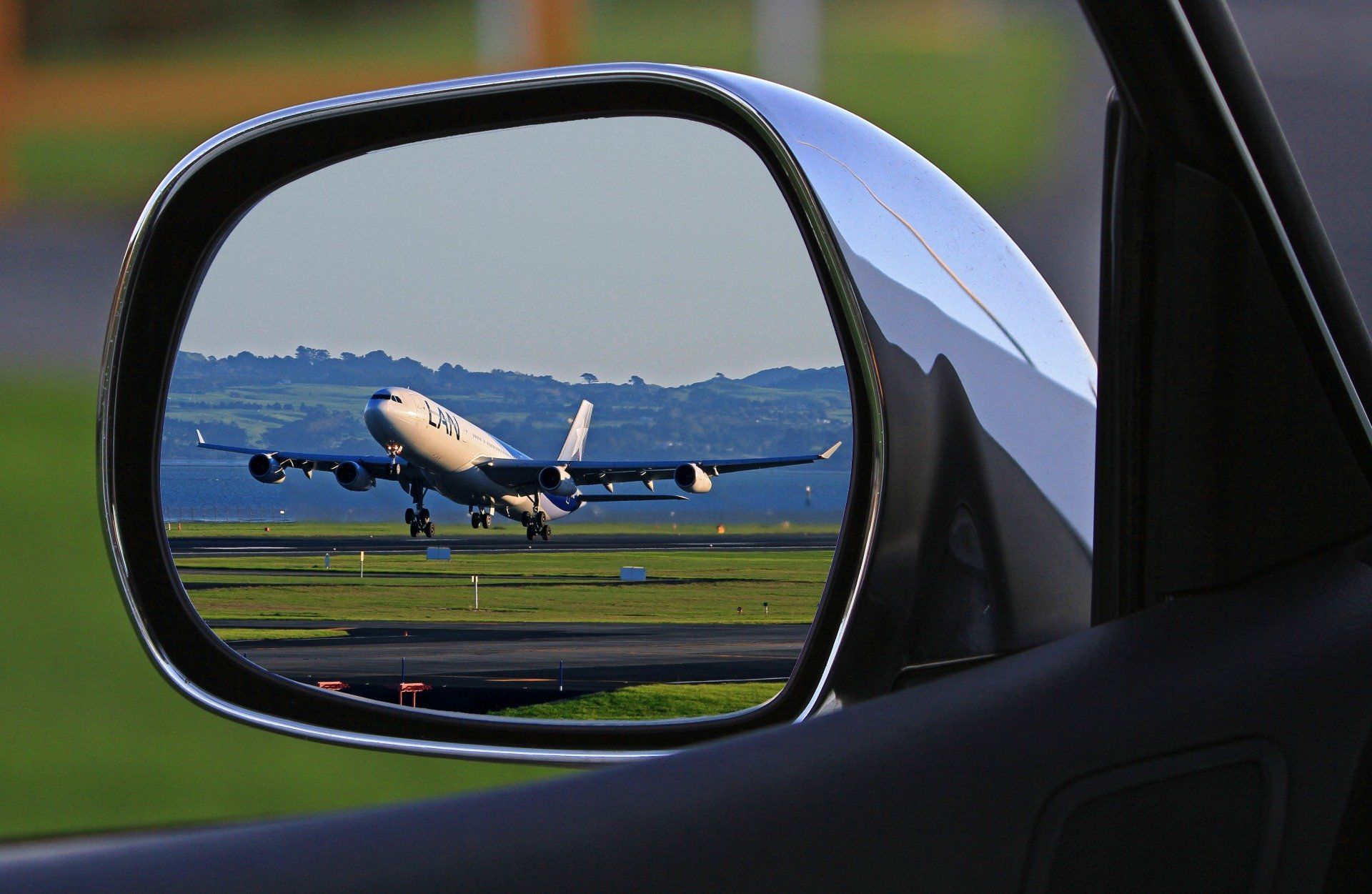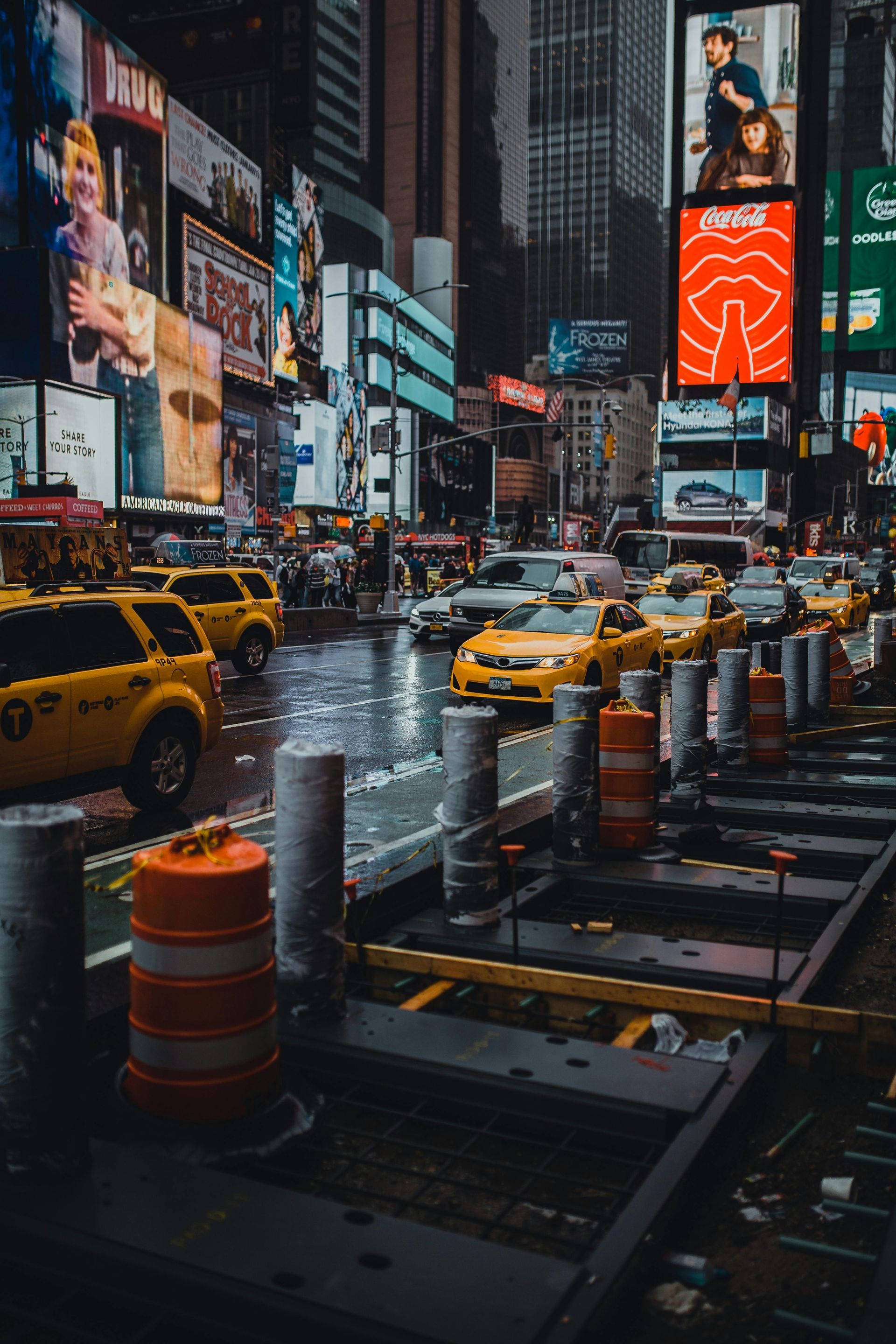How Rideshare is Revolutionizing Transportation
The Good, The Bad, and The Ugly

Ridesharing services have dramatically altered the landscape of transportation, acting as a significant disruptor to traditional models. The advent of companies such as Uber and Lyft have forever changed how people move within and between cities.
The Good
Undeniably, the transformation ride sharing has brought to transportation is substantial. It provides a flexible option for transportation that is accessible at the touch of a button, which has proven especially beneficial in areas underserved by public transportation. The economic implications are also noteworthy, as it provides an income source for thousands of drivers.
The Bad
However, the rideshare phenomenon is not without its drawbacks. There are concerns regarding safety and security for both drivers and passengers. The industry has also faced criticism for what some perceive as inadequate screening processes for drivers.
The Ugly
The 'ugly' aspect of ridesharing lies in its environmental impact. Despite the potential to reduce the number of cars on the road, data suggests an increase in vehicle miles traveled, leading to higher emissions. Moreover, the financial instability faced by rideshare drivers is a pressing issue that needs addressing.
In conclusion, ridesharing is a double-edged sword. It's a convenient and flexible transportation option, but it's not without its challenges. Ensuring safety, fair wages for drivers, and reducing environmental impact should be key areas of focus as the industry continues to evolve.














